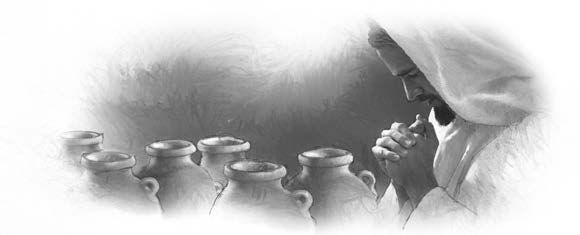An eerie heaviness rested on the red wooden cabin as eight Alaska Native girls prepared for bed on their first night at Camp Polaris, a Seventh-day Adventist summer camp in southwestern Alaska. All the girls felt it. The cabin’s two counselors felt it. It was an intense feeling of evil and harm.
One counselor, 21-year-old Rachel, was physically exhausted but couldn’t sleep. She sensed evil angels were more prevalent than usual. She thought about the eight teens in her cabin. Many of them had been abused, practiced self-harm, and struggled with drugs. One girl’s uncle was a shaman.
Rachel got up and stoked the fire in a small black furnace. Even in August, the Alaskan summer nights were chilly. She began to sing about Jesus. Naturally shy, she didn’t like to sing, especially by herself. But the song sprang from her lips. As she sang, Rachel visited each bunk bed and prayed with each girl. Finally, the girls fell asleep.
After that, Rachel sang every night and prayed with the girls.
One night, as she made the rounds, she asked a girl if she had any prayer requests. “Yes, I want to pray to be safe and protected,” the girl said.
“Safe from what?” Rachel asked.
The girl said that in the darkness of the previous night, someone grabbed her by the neck. As she struggled to breathe, a bright light appeared, and the unseen being released his grip. In the bright light was an angel, and he said, “Do not be afraid.” Peace immediately swept over the girl. She fell asleep and hadn’t mentioned the incident to anyone until she spoke to Rachel.
After Rachel prayed with her, the girl became more interested in Jesus for the remainder of her time at camp. She was a quiet girl who didn’t say much. But clearly a seed was planted in her heart.
Rachel was delighted when the girl returned to camp to train to become a staff member a few years later.
Rachel Carle, who now teaches at an Adventist school in Sitka, Alaska, still volunteers at Camp Polaris, the place where she witnessed the reality of the great controversy between good and evil as a young counselor.
“Working in Polaris has shown me that there are people in the United States who do not know Jesus,” she said. “Working at this camp was why I decided to become a teacher in Alaska.”
Thank you for your 2016 Thirteenth Sabbath Offering that helped repair and expand Camp Polaris so more children could attend. Part of this quarter’s Thirteenth Sabbath Offering will help open a center of influence at the Adventist church in Bethel, Alaska. The Bethel Church sends local children to Camp Polaris every year.

